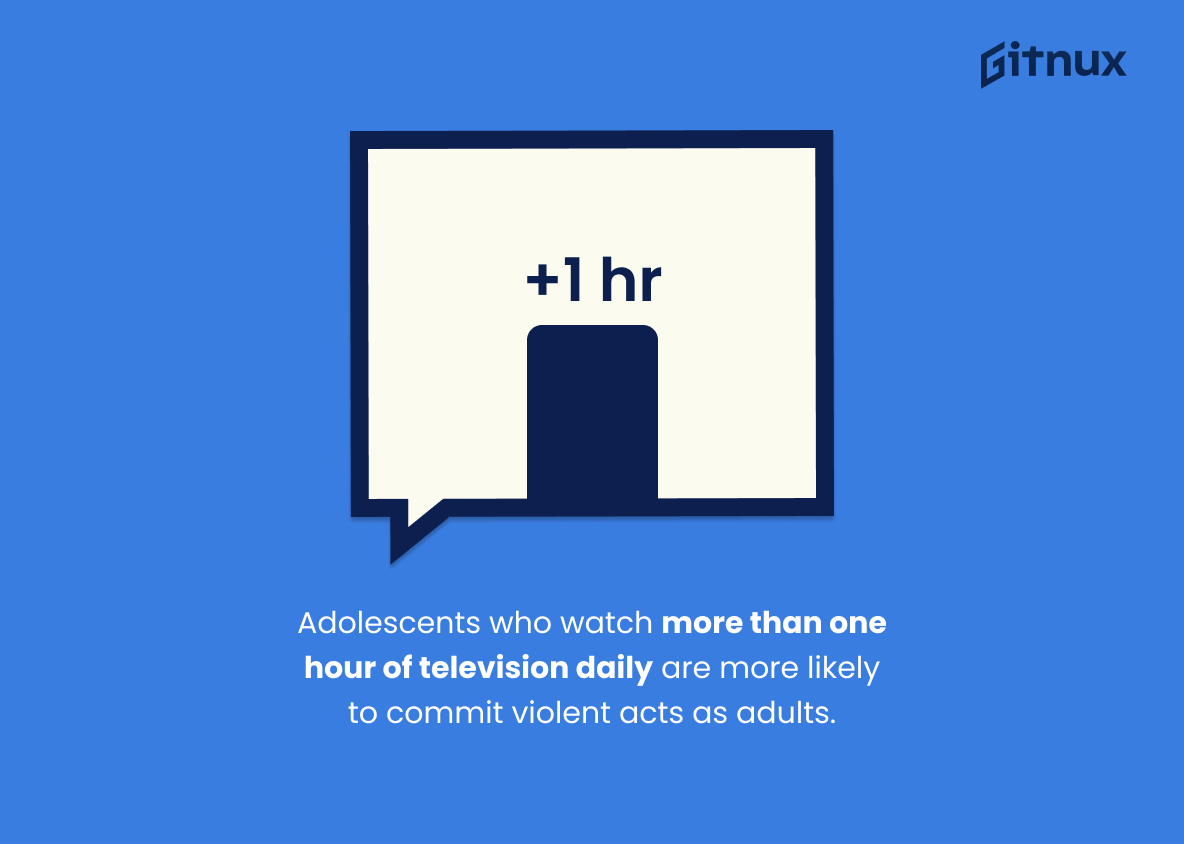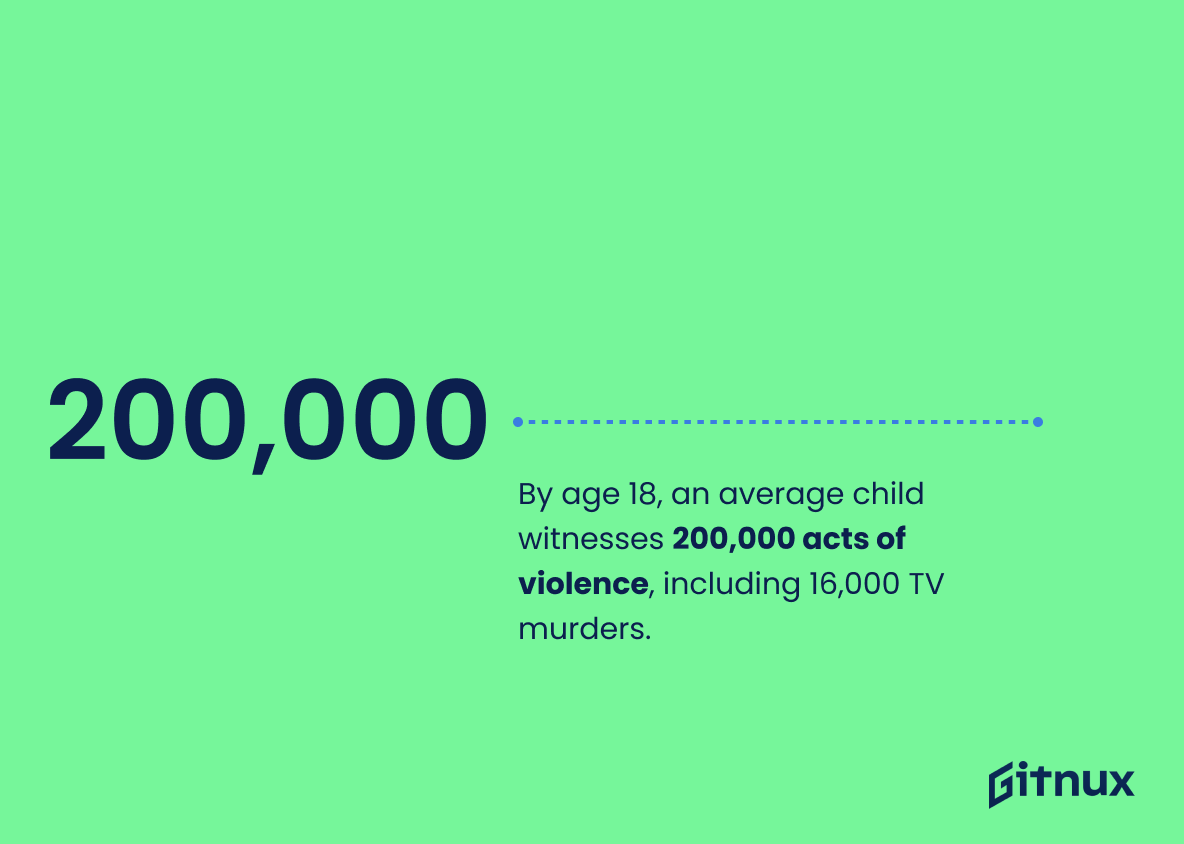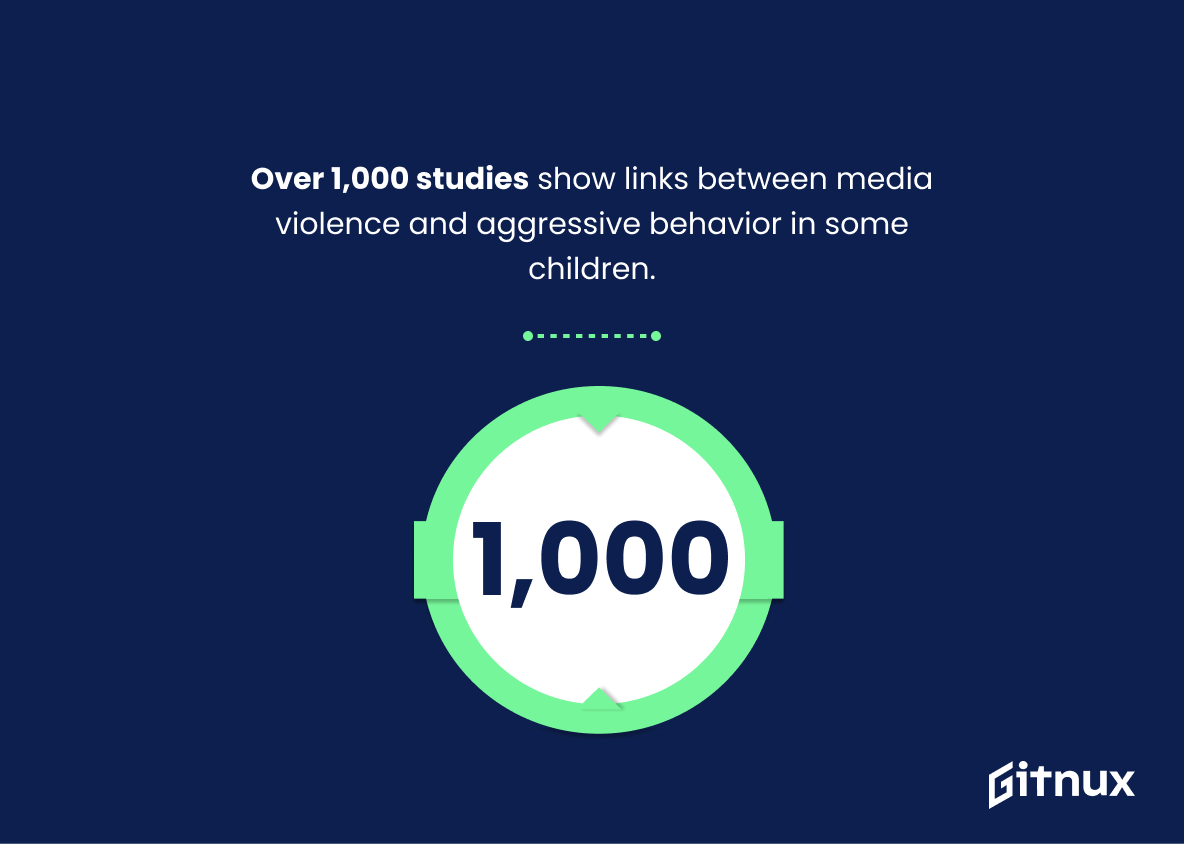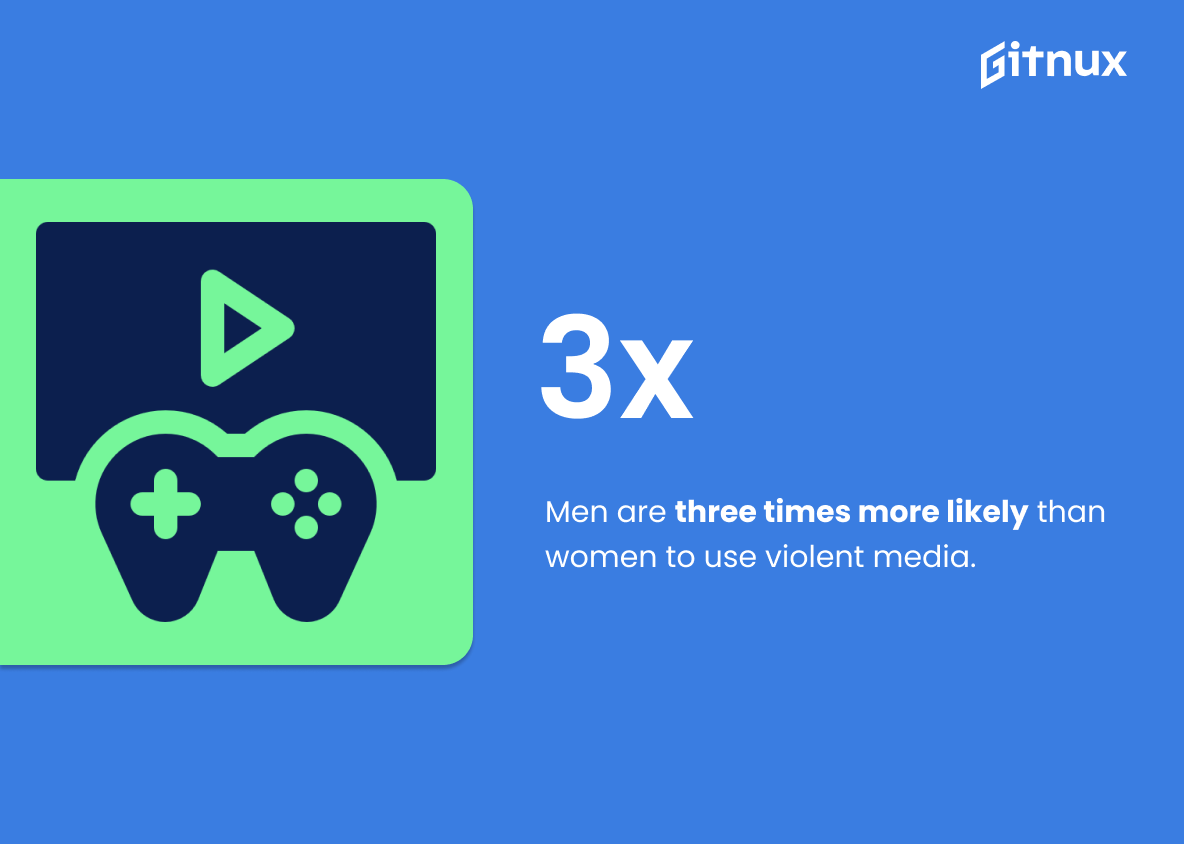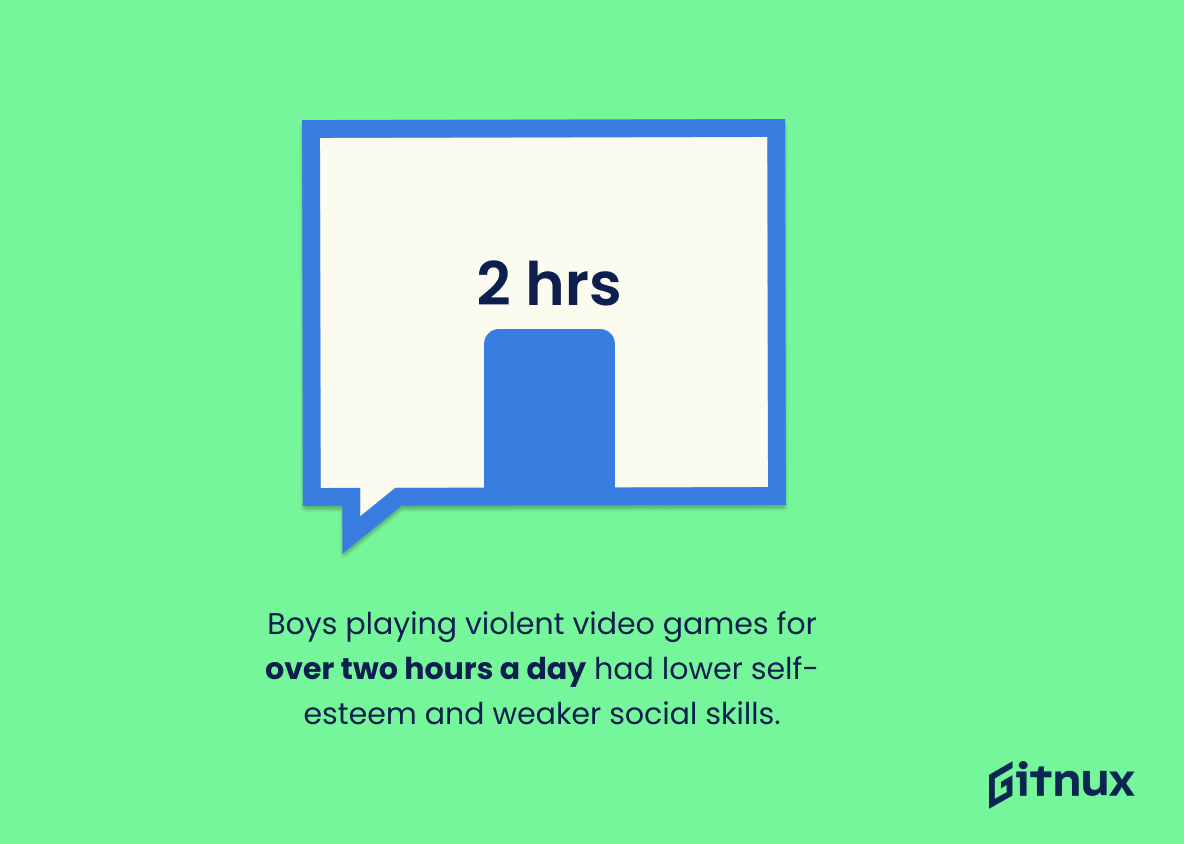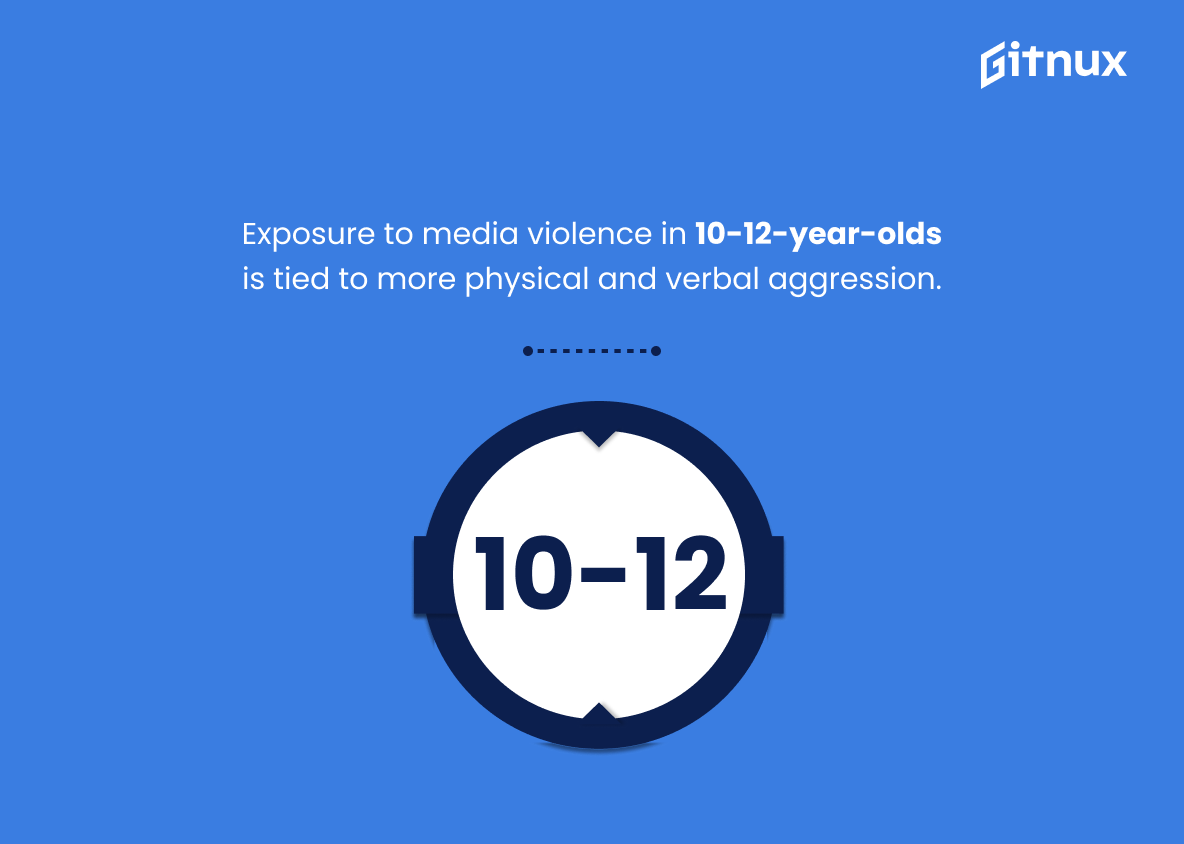Media violence has been a topic of debate for decades, with research showing that it can have an impact on viewers’ behavior. This blog post will explore the statistics surrounding media and violence to better understand how they are related. We’ll look at studies from various sources such as the American Psychological Association (APA), Common Sense Media, Parents Television Council, Cyberpsychology Journal, and more. The statistics we’ll cover include: More than half of all TV programs contain violence; 75% of parents believe violent content on TV contributes to aggressive behavior in children; Approximately 90% of movies feature violence; Adolescents who watch more than one hour of television daily are more likely to commit violent acts as adults; By age 18 an average child witnesses 200,000 acts of violence including 16,000 murders on television; Exposure to violent video games led to a 13-22% increase in violent behavior among teenagers; The effect of media violence is relatively small estimated at 4%; Over 1 000 studies show links between media exposure and aggression in some children ; Men are three times more likely than women use violent media ; People exposed to higher levels or frequency may become desensitized towards real world aggression ; In 2014 study 32 5 % reported feeling aggressive after playing a game ; Boys who played two hours or longer had poor social skills & lower self esteem , adolescents exposed high level increased 29%, sexually suggestive content leads teens being aggressive , news consumption increases fear & anxiety . 47 % rap music contains language influencing young listeners , 6 – 8 year olds observed 2 . 7 times anti social behaviour Video games sexism male players acceptance sexual violece towards women majority top grossing movies 90 % contained scenes 10 – 12 positive correlation physical verbal behaviour These stats provide insight into how our society’s relationship with entertainment affects us both positively and negatively.
Media And Violence Statistics Overview
Approximately 90% of movies, 68% of video games, and 60% of websites featured violence.
This statistic is a powerful indicator of the prevalence of violence in media. It shows that violence is a pervasive element in the entertainment we consume, with a majority of movies, video games, and websites featuring it. This is an important point to consider when discussing the effects of media on violence in society.
Adolescents who watch more than one hour of television daily are more likely to commit violent acts as adults.
This statistic is a powerful reminder of the potential long-term consequences of media consumption. It suggests that the amount of television adolescents watch can have a lasting impact on their behavior as adults, potentially leading to violent acts. This is an important point to consider when discussing media and violence statistics, as it highlights the need for responsible media consumption in order to prevent future violence.
By the time an average child reaches 18 years old, they will have witnessed 200,000 acts of violence, including 16,000 murders on television.
This statistic is a stark reminder of the prevalence of violence in the media that children are exposed to. It highlights the sheer amount of violence that children are exposed to on television, and the potential impact this could have on their development. It is a worrying statistic that should be taken seriously, and serves as a reminder of the need to be mindful of the media that children are exposed to.
Exposure to violent video games led to a 13-22% increase in violent behavior in teenagers.
This statistic is a powerful reminder of the potential impact of violent video games on teenagers. It highlights the need for parents and guardians to be aware of the content their children are exposed to, and to take steps to ensure that they are not exposed to violent media. It also serves as a warning to game developers to be mindful of the content they create, and to consider the potential consequences of their work.
Over 1,000 studies show links between media violence and aggressive behavior in some children.
This statistic is a powerful reminder of the potential impact of media violence on children’s behavior. It highlights the need for parents and guardians to be aware of the content their children are exposed to, and to take steps to ensure that they are not exposed to violent media. It also serves as a warning to media producers to be mindful of the messages they are sending to young viewers.
Men are three times more likely than women to use violent media.
This statistic is a stark reminder of the gender disparity in the consumption of violent media. It highlights the need for greater awareness of the potential effects of violent media on men, and the need for more research into the impact of violent media on both genders. It also serves as a reminder that media and violence are inextricably linked, and that we must be mindful of the messages we are sending to both men and women through the media we consume.
Boys who played violent video games for more than two hours a day were more likely to have poor social skills and lower self-esteem.
This statistic is a powerful reminder of the potential consequences of excessive exposure to violent video games. It highlights the need for parents to be aware of the amount of time their children are spending playing these games, and to ensure that they are engaging in other activities that promote positive social skills and self-esteem. By understanding the risks associated with violent video games, parents can take steps to protect their children from potential harm.
Children aged 6-8 who observed violent media were 2.7 times more likely to engage in anti-social behavior.
This statistic is a stark reminder of the potential consequences of exposing children to violent media. It highlights the fact that media violence can have a real and tangible impact on the behavior of young people, and that parents should be aware of the risks associated with exposing their children to such content.
The majority of top-grossing movies (90%) contain violence or aggressive scenes.
This statistic is a stark reminder of the prevalence of violence in the media. It shows that violence is a pervasive element in the entertainment industry, and that it is often used to draw in viewers. This has implications for how violence is perceived in society, as it suggests that it is seen as an acceptable form of entertainment. It also raises questions about the impact of media violence on viewers, and whether it contributes to a culture of violence.
Exposure to media violence and aggression among children aged 10-12 showed a positive correlation with aggressive physical and verbal behavior.
This statistic is a powerful reminder of the potential impact of media violence on children. It highlights the need for parents and guardians to be aware of the content their children are exposed to, and to take steps to ensure that they are not exposed to violent media. It also serves as a warning to media producers to be mindful of the messages they are sending to young viewers.
Conclusion
The statistics presented in this blog post demonstrate a clear link between media violence and aggressive behavior. Studies have shown that exposure to violent content on television, video games, websites, movies and music can lead to increased aggression among children and adolescents. Furthermore, research has found that men are more likely than women to consume violent media which could explain why they are more prone to engaging in aggressive behaviors. It is important for parents and guardians of young people to be aware of the potential effects of consuming such material so as not take any risks with their child’s mental health or safety.
References
0. – https://www.www.commonsensemedia.org
1. – https://www.www.parentstv.org
2. – https://www.www.cnn.com
3. – https://www.www.jahonline.org
4. – https://www.www.researchgate.net
5. – https://www.www.apa.org
6. – https://www.www.huffpost.com
7. – https://www.www.liebertpub.com
8. – https://www.cyberpsychology.eu
9. – https://www.www.ncbi.nlm.nih.gov
10. – https://www.www.aacap.org

